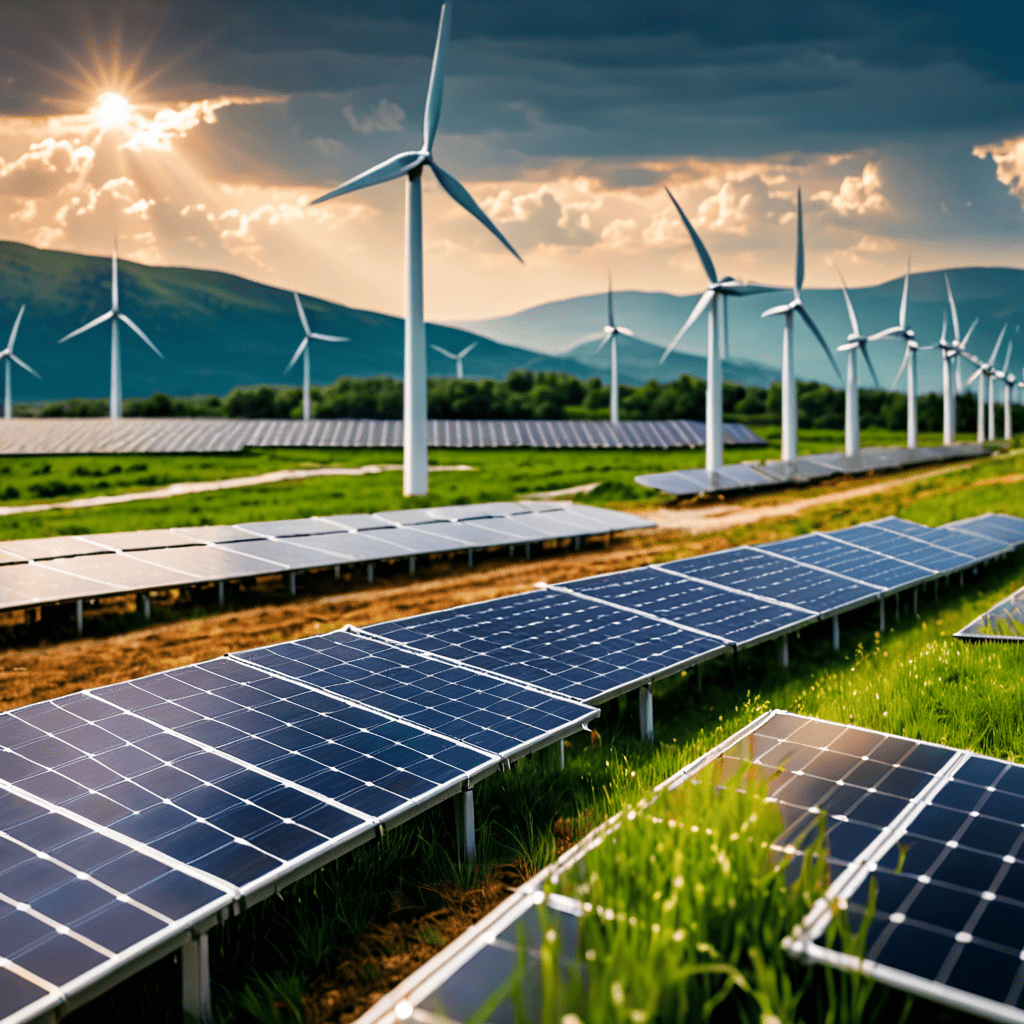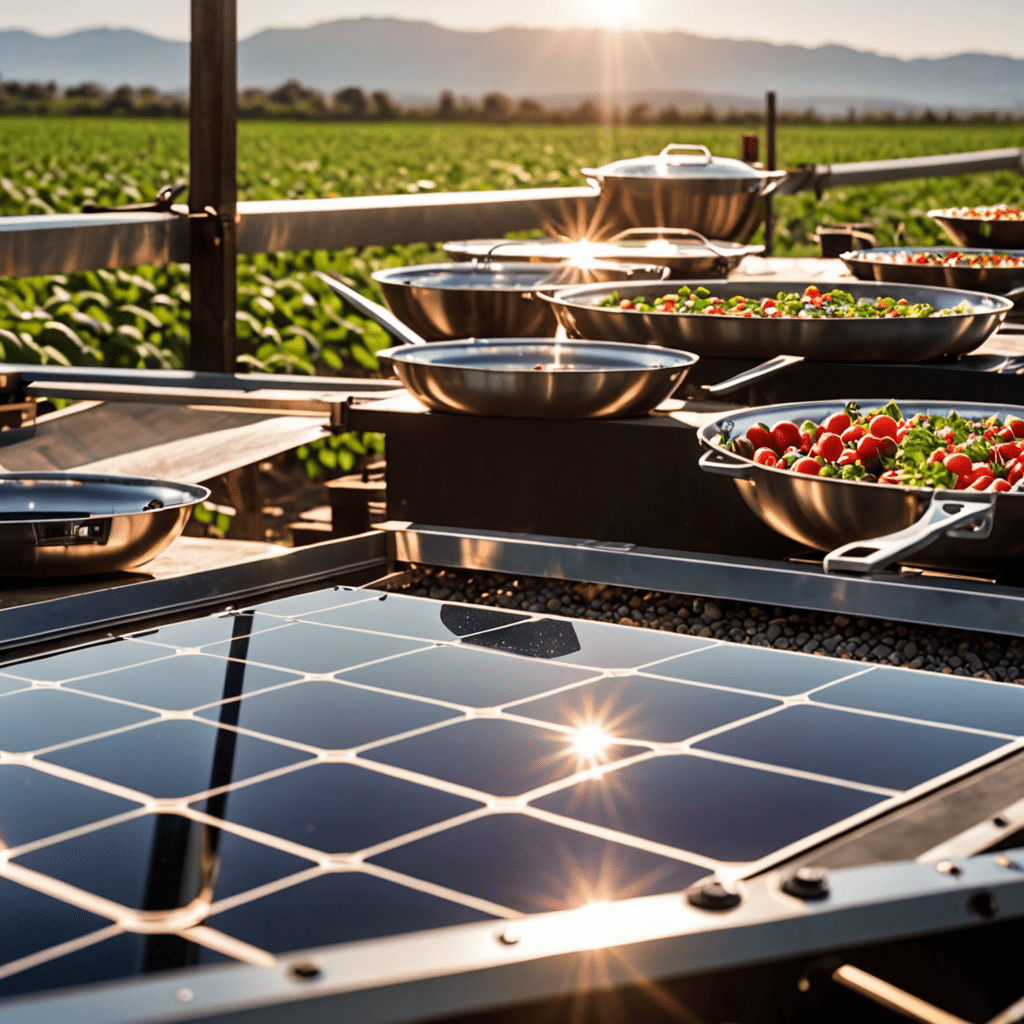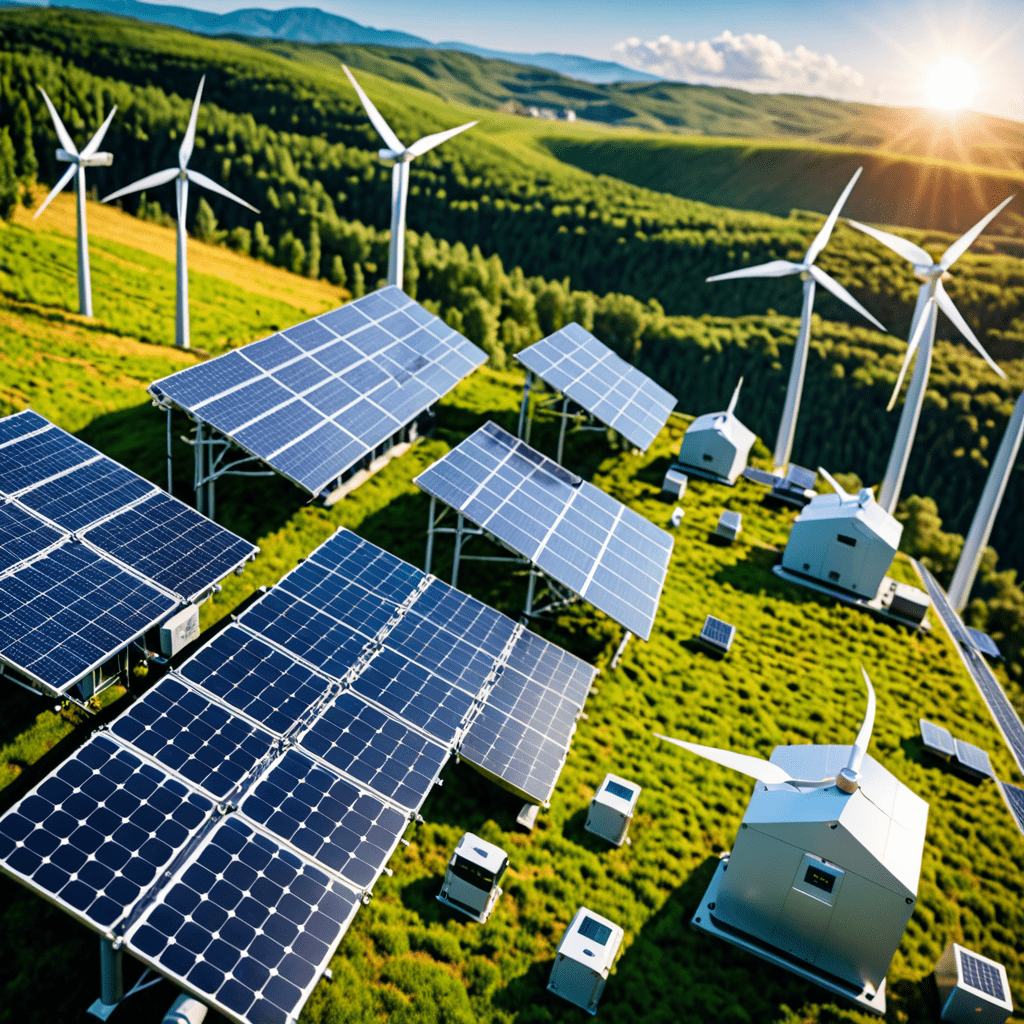
The Integration of Renewable Energy into Existing Grids
Understanding the Need for Integration
Renewable energy sources such as solar, wind, and hydropower play a vital role in reducing greenhouse gas emissions and combating climate change. To fully harness the benefits of these sustainable resources, integrating them into existing power grids is essential.
Challenges and Solutions
One of the main challenges of integrating renewable energy into traditional grids is the intermittency of sources like wind and solar power. To address this issue, technologies like energy storage systems and smart grid management are being implemented to ensure a stable and reliable energy supply.
The Role of Smart Grids
Smart grids are instrumental in optimizing the integration of renewable energy by efficiently balancing supply and demand. Through advanced monitoring and control systems, smart grids can dynamically adjust to fluctuations in renewable energy production.
Policy and Regulatory Framework
Governments and regulatory bodies play a crucial role in facilitating the integration of renewable energy into existing grids. By implementing supportive policies, such as feed-in tariffs and renewable energy targets, they can incentivize investments in clean energy infrastructure.
Benefits of Integration
Integrating renewable energy into existing grids brings about numerous benefits, including reduced carbon emissions, improved energy security, and economic growth through the creation of new green jobs. It also enhances grid resilience and fosters energy independence.
Technological Advancements
Ongoing technological advancements in renewable energy generation, storage, and grid management are further enhancing the integration process. Innovations like microgrids, virtual power plants, and demand response systems are revolutionizing the way renewable energy is integrated into existing grids.
The Future of Energy Integration
As the world transitions towards a more sustainable energy future, the integration of renewable energy into existing grids will continue to evolve. Collaborative efforts between governments, industries, and communities are vital to accelerate this transition and achieve a cleaner, more resilient energy system for future generations.
FAQ: The Integration of Renewable Energy into Existing Grids
What is renewable energy integration?
Renewable energy integration refers to the process of incorporating sustainable energy sources, such as solar, wind, hydro, and geothermal power, into existing power grids to meet the increasing demand for clean energy.
Why is the integration of renewable energy important?
The integration of renewable energy is crucial for reducing greenhouse gas emissions, combating climate change, enhancing energy security, and promoting sustainability by shifting away from fossil fuels towards cleaner and more sustainable energy sources.
How is renewable energy integrated into existing grids?
Renewable energy is integrated into existing grids through various methods such as grid modernization, energy storage technologies, smart grid systems, improved forecasting techniques, flexible grid infrastructure, and demand-response programs to ensure reliable and efficient utilization of renewable energy sources.


